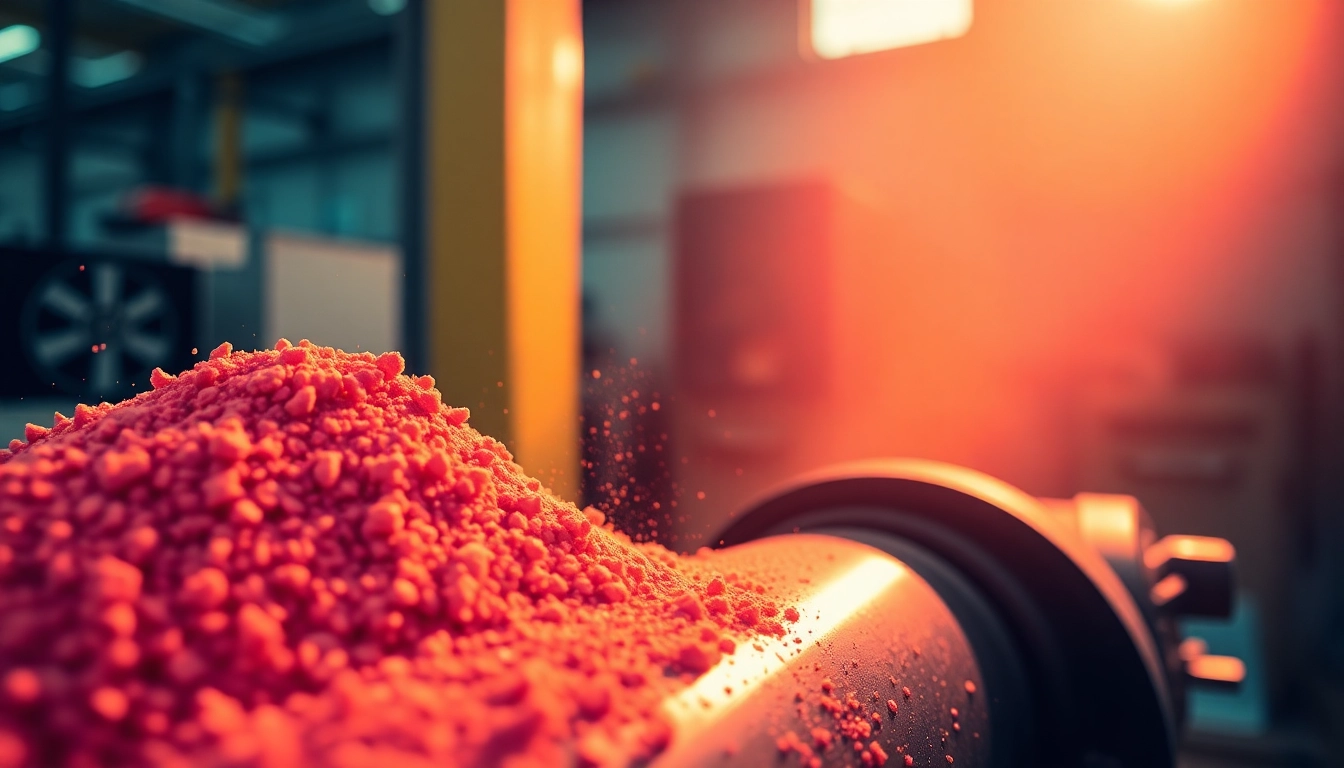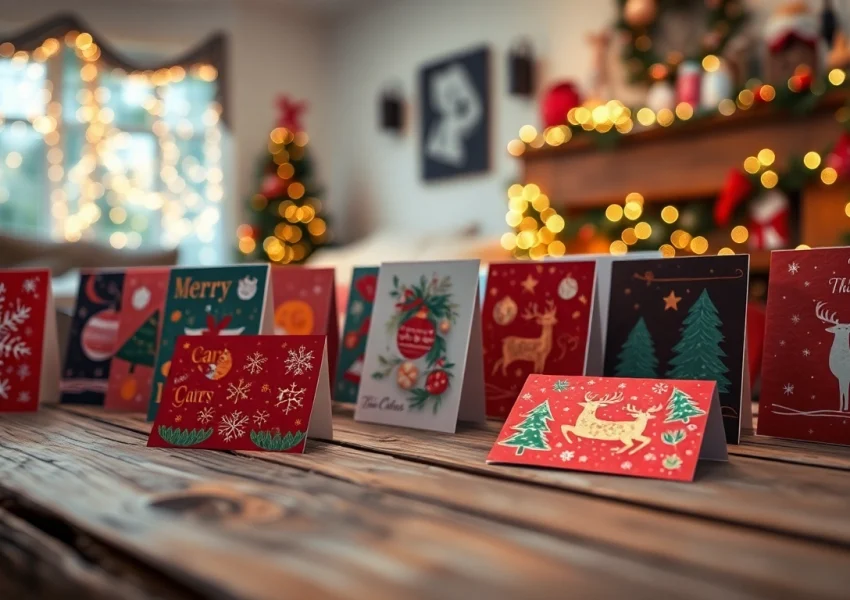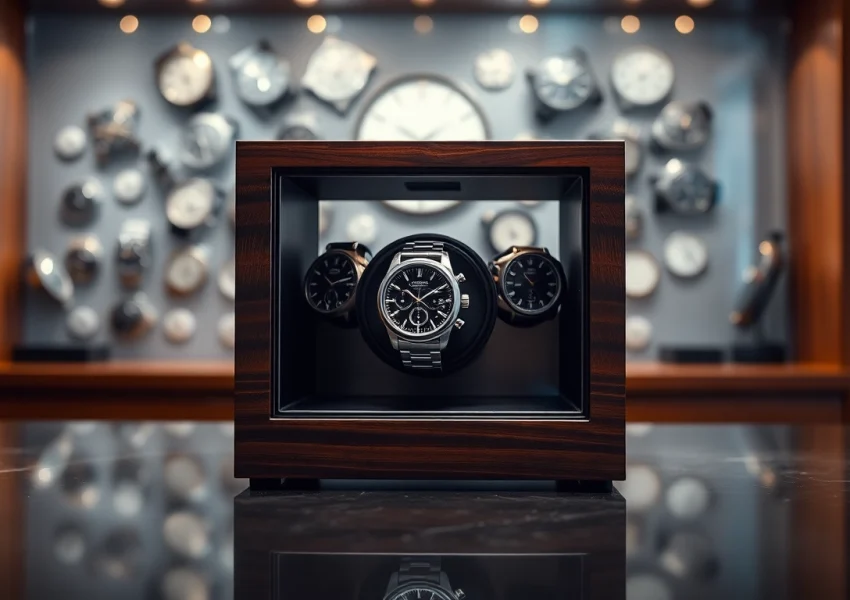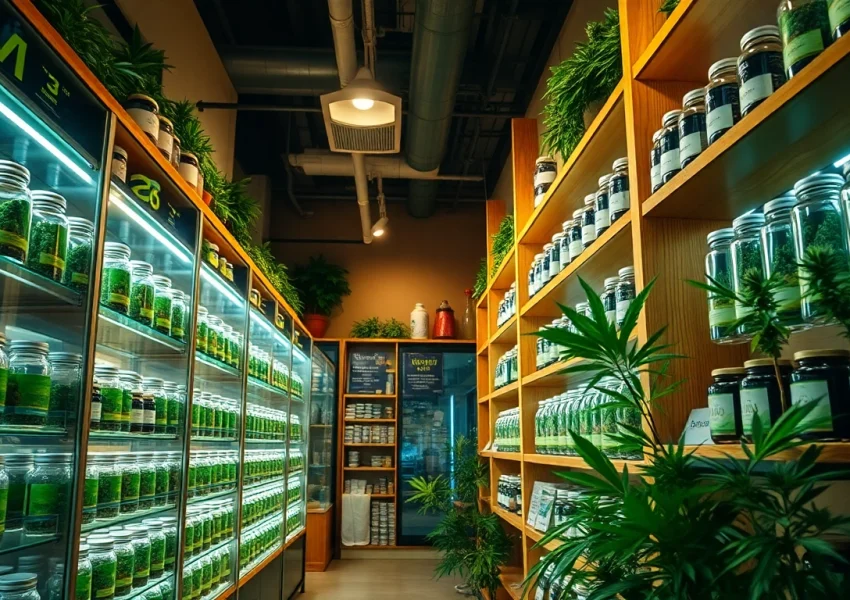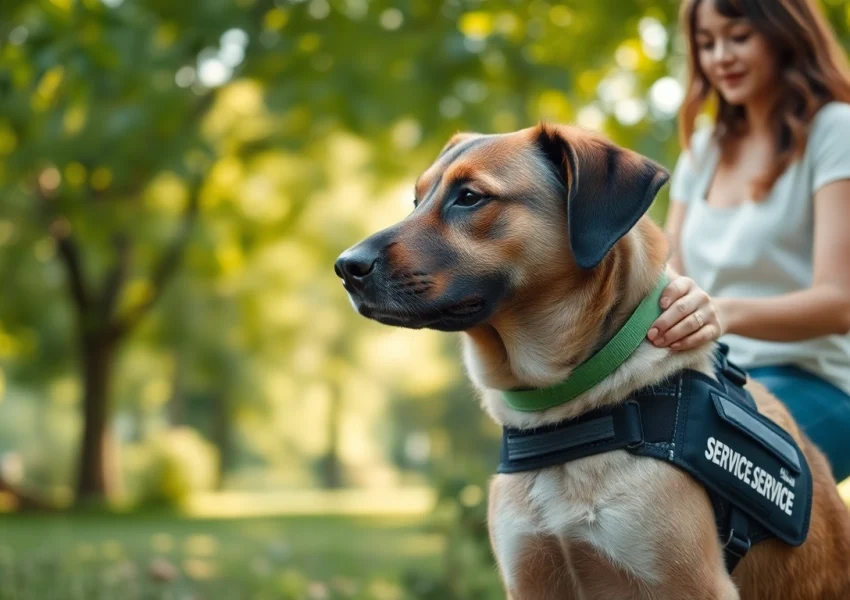What is Powder Coating?
The Basics of Powder Coating
Powder coating is a modern finishing process that involves applying a dry powder to a surface to create a decorative and protective layer. Unlike traditional liquid paint that is sprayed onto surfaces, powder coating is applied electrostatically, allowing it to adhere firmly to metal surfaces before being cured under heat. This technique produces a much thicker and more durable finish which is highly resistant to scratches, chipping, fading, and wearing.
How Powder Coating Works
The process of powder coating involves several key steps. First, an electrostatic spray gun charges the powder particles, which are then attracted to the grounded metal surface. This charge allows the powder to evenly coat the surface. After application, the coated object is placed in a curing oven where the heat causes the particles to melt, flow, and form a continuous film. This chemical bonding results in a uniform, resilient finish. To learn more about the technical aspects of this process, you can explore resources focused on powder coating.
Materials Used in Powder Coating
Powder coatings are typically made from a mixture of polymer resins, curatives, pigments, leveling agents, and other additives. The polymers provide the base, while the additives are employed to enhance the coating’s properties such as flow, texture, and adhesion. Commonly used polymers in powder coating include epoxy, polyester, and acrylic, each offering different levels of durability and aesthetic appeal.
Benefits of Powder Coating
Durability and Finish Quality
One of the primary benefits of powder coating is its exceptional durability. The cured coating is much tougher than conventional paint, making it highly resistant to scratches, impacts, and harsh weather conditions. Additionally, powder coating provides a variety of finish options, including matte, gloss, and textured finishes, allowing for aesthetic customization while maintaining high performance.
Environmental Impact and Safety
From an environmental perspective, powder coating is a more sustainable option compared to liquid paint. It produces minimal volatile organic compounds (VOCs), reducing air pollution and health risks associated with traditional solvents. Furthermore, overspray powder can be collected and reused in the process, minimizing waste and resource usage.
Cost-Effectiveness Compared to Paint
When comparing powder coating to liquid painting in terms of cost-effectiveness, powder coating often emerges as the better option. Although the initial investment may be higher due to specialized equipment, powder coating typically yields lower maintenance costs and longer-lasting results, thus providing better value for money over time. The overall lifecycle cost, considering durability and finish retention, makes powder coating a financially sound choice.
Powder Coating Process Explained
Preparation of Surfaces
Proper surface preparation is critical in achieving a successful powder coating finish. This process typically involves cleaning the surface to remove dirt, grease, and any previous coatings. Common methods of surface preparation include sandblasting, grinding, or chemical treatments. Cleanup ensures good adhesion of the powder to the substrate, which is essential for durability.
Application Techniques
After preparation, the powder is applied using an electrostatic spray gun, which creates an electrostatic charge on the powder particles. This charge enables the powder to attach evenly to the grounded workpiece. There are several application techniques, including manual powder coating and automated systems, which can be selected based on the scale and nature of the project.
Curing and Finishing
Once the powder is applied, the coated parts are heated in a curing oven. During this phase, the powder melts and chemically reacts to create a solid and cross-linked structure. This curing process not only enhances the durability of the coating but also improves its chemical and weather resistance. Post-curing operations might involve inspection and, if necessary, touch-ups to achieve the desired quality.
Choosing the Right Powder Coating Color
Popular Color Options
When selecting a powder coating color, there are numerous options available across a wide spectrum, including solid colors, metallics, and specialty finishes. For many applicators and consumers, popular color selections include black, white, and custom colors that match specific branding or aesthetic standards. Each color can significantly affect the overall appearance of the finished product.
Understanding Color Effects and Finishes
In addition to standard colors, there are also effects that can be achieved with powder coating, such as gloss, satin, or textured finishes. Special techniques allow for high-gloss effects, while textured coatings can hide imperfections and enhance grip. Understanding these options enables clients to choose finishes that best suit their application requirements.
Custom Color Matching Services
Many powder coating suppliers offer custom color matching services. This means that clients can specify exactly how they want their finished product to appear, allowing for tailored solutions that align closely with personal or business aesthetic preferences. Specialists often use reference samples to ensure accuracy in hue and finish.
Common Applications for Powder Coating
Industrial and Commercial Uses
Powder coating has a wide array of industrial applications. It is commonly used in manufacturing processes for appliances, furniture, automotive parts, and various equipment. This durability makes it especially suitable for items that are subjected to wear and environmental exposure, ensuring that they maintain their appearance and performance throughout their service life.
Home Projects and DIY Applications
Beyond industrial settings, powder coating is gaining popularity among DIY enthusiasts for home projects. Home items ranging from patio furniture to kitchen appliances can be powder coated to enhance their durability and aesthetic appeal. Powder coating kits are now available for home use, allowing individuals to apply this professional finish without needing a commercial setup.
Automotive and Sporting Goods
In the automotive industry, powder coating is widely used for wheels, chassis components, and exterior trim. The aesthetic and protective qualities of powder coating are particularly valued in this sector, where durability and a polished finish are crucial. Similarly, sporting goods such as bicycles and skis benefit from powder coating technologies, providing vibrant colors alongside robustness against the elements.
Conclusion
Powder coating represents a modern solution for achieving resilient and attractive finishes across various applications. Its benefits, from durability to environmentally friendly practices, make it a preferred choice for both industrial and personal projects. Whether you are looking for enhanced performance in automotive coatings or a stylish finish for your home accessories, understanding powder coating can unlock exciting possibilities in design and protection.
